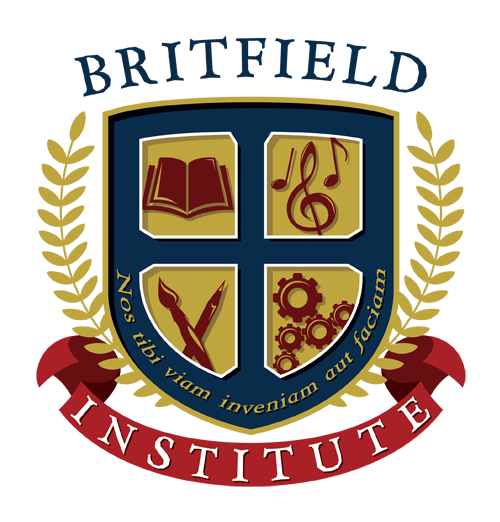Creativity
Myths About Creativity
We must first dispel the myth that creativity is something mysterious that cannot be nurtured, encouraged, or achieved. As the world continues to advance, businesses without creativity at their core will fail. To stay innovative and competitive, America must continue to attract the world’s sharpest minds and invest in the development of its creative sector, because wherever creativity goes, talent flows and innovation and economic growth are sure to follow. Creativity is the most powerful competitive advantage an organization can have, which is why companies need to foster new ideas and fresh thinking.
Everyone is born creative, yet creativity is educated out of us at school, where we are taught literacy and numeracy. Although classes may teach writing and art, what is really being taught is conformity. Children burst with ideas, but the moment they attend school, they begin to lose the freedom to explore, take risks, and experiment. We spend our childhoods being taught the artificial skill of passing exams and fulfilling teachers’ expectations. By the time we get out into the real world, we have been conditioned to conform. We spend our days in meetings and talk about being innovative, but few of us know how.
We must dismiss the notion popularized by media that the creative artist is elusive, that creativity is something mysterious and unteachable. We are not talking about high art—we are talking about empowering people to use their imaginations every day. Not everyone can become Beethoven, Dickens or Monet, but everyone can sing, write, and draw.
The problem is that schools were never designed to produce creativity. The education systems in the US and many other countries are based on the 19th-century Prussian model in which children were taught to obey, not to challenge or think creatively. In a modern world driven by search engines, this antiquated system has failed. It is a matter of urgency that we teach creativity in schools.
Creativity can be cultivated and refined with increasing mastery of skills, knowledge, and ideas. “We’ve become narrow in the way we think about creativity. We tend to think of it as artists, musicians, and poets. But the cook in her kitchen is showing creativity when she invents a variation on a recipe,” says Teresa Amabile, Harvard University, Baker Foundation Professor, Edsel Bryant Ford Professor of Business Administration, Emerita.
Science shows that only a small percentage of people are born with what others may deem as special abilities in math, science, or art. The truth is that while some may have been born with a heightened ability, depending on genetics, environment, and background, if this ability is not nurtured by the time a child is five to seven years old, it does not develop further. This means that most people are born with the same abilities, chances, and choices; how they develop depends on their environment and how their talents and interests are nurtured. We know that IQ tests do not determine intelligence; we also know that schools are designed to undermine individuality and creative thinking.
Ironically, Alfred Binet, one of the creators of the IQ test, intended the assessment to serve precisely the opposite function it has ended up serving. He originally designed it exclusively to identify children with special needs, so they could get appropriate educational support. He never intended it to identify degrees of intelligence or mental worth. Binet noted that the scale he created does not permit the measure of intelligence, because intellectual qualities are not superposable, and therefore cannot be measured as linear surfaces are measured. Nor did he ever intend to suggest that a person could not become more intelligent over time.
There are many definitions of creativity. Creativity is the act of turning new and imaginative ideas into reality. It involves overcoming a problem by looking for solutions that aren’t always obvious. Creativity is a phenomenon whereby something new and valuable is formed. The created item may be intangible (an idea, a scientific theory, a musical composition), or a physical object, such as an invention, a literary work, or a painting. Creativity is the process of developing original ideas that have value.
Michael Mumford stated, “Over the course of the last decade, we seem to have reached a general agreement that creativity involves the production of novel, useful products.” Dr. E. Paul Torrance described it as “A process of becoming sensitive to problems, deficiencies, gaps in knowledge, missing elements, and disharmonies; identifying the difficulty; searching for solutions, making guesses, or formulating hypotheses about the deficiencies: testing and retesting these hypotheses and possibly modifying and retesting them; and finally communicating the results.”
- Although most believe creativity is rare, life is filled with creative moments.
- Scientific research shows that everyone has creative abilities ready to be tapped.
- Creativity can be revealed by trying a new approach to a familiar problem.
- Drawing on our inborn creativity means not just better ideas, but also a greater enjoyment of work and life
“Every person has certain areas in which he or she has a special interest. After a while they get to be as good as anybody. Creativity can start with simple goals or a challenge, breaking away from a normal routine,” according to Howard Earl Gardner, developmental psychologist and the John H. and Elisabeth A. Hobbs Professor of Cognition and Education at the Harvard Graduate School of Education, Harvard University.
